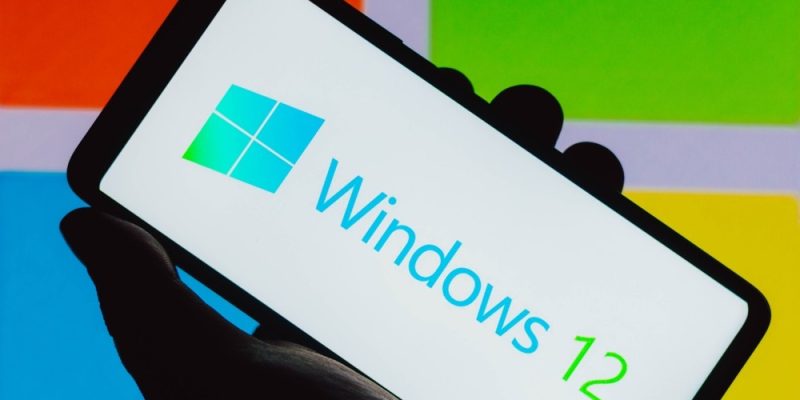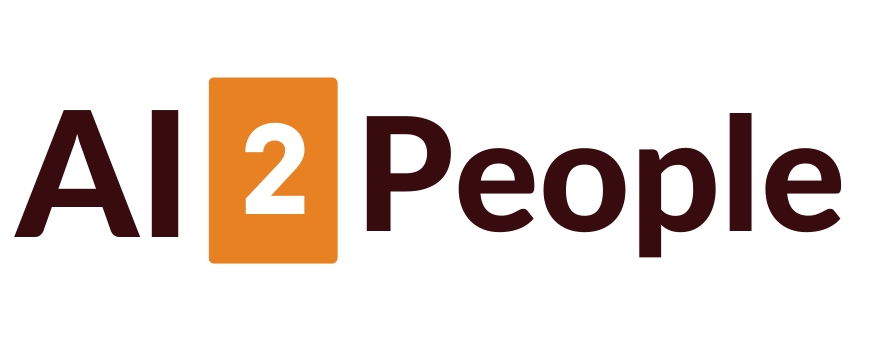
Windows 12: A Sneak Peek into the Future of AI Integration
Microsoft is reportedly preparing to release its latest operating system, Windows 12, in 2024, just three years after the launch of its predecessor, Windows 11. Windows 12 is expected to come with a more advanced level of AI integration than its predecessors, as Microsoft looks to extend its partnership with OpenAI. Rumours suggest that Microsoft may integrate OpenAI’s technologies like DALL-E 2 and ChatGPT into the new operating system. Microsoft is also said to be collaborating with Intel and AMD to bring AI capabilities to the new platform.
The upcoming Windows 12 operating system is expected to feature a new desktop user interface, which will reportedly include a floating taskbar with a macOS-style status bar on top. It is also expected to come with several other new features, such as touch-screen device support, keyboard support, and a Control Panel integrated into the Settings tab. Additionally, Windows 12 is said to offer improved versions of Windows Explorer and Notepad, with tab support for both.
While Microsoft has not confirmed any of these speculations, reports suggest that the company has been discussing the transformative power of AI algorithms for its Bing search engine, as well as Windows OS. Microsoft has been maintaining a three-year gap between its latest updates, so the expected release date for Windows 12 is 2024. A beta version of Windows 12 was reportedly in the works last month as an improvised version of Windows 11.
Windows Insiders will be able to try out new builds of Windows through a Canary channel. Beta-version users of Windows 12 will have early access to the OS and be able to share information on any related problems through the Insider Program. Microsoft will use this feedback to eliminate any issues before the final release.
Lastly, to run the new Windows 12 OS, devices will require at least 4GB of RAM, 6GB of internal storage, and a 1GHz CPU clock speed. They should also have a WDDM-compatible graphics card 2 driver and DirectX 12 or later, as well as secure boot support in system firmware through UEFI. Additionally, the display should have a high resolution of at least 720p, be nine inches or more across, and have eight bits per colour channel. The processor should be 64-bit compatible and run at 1GHz or faster with two or more SoC.






















